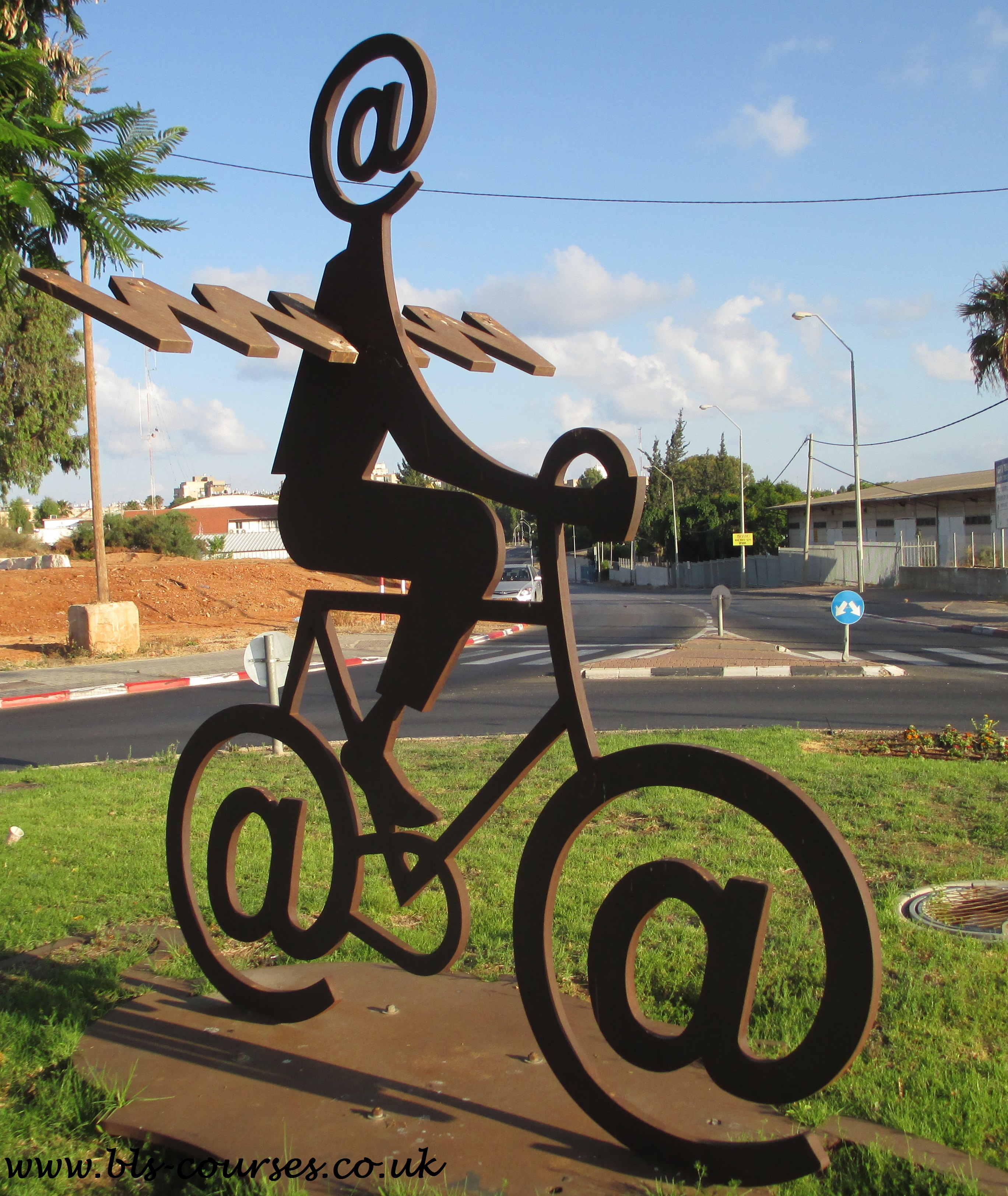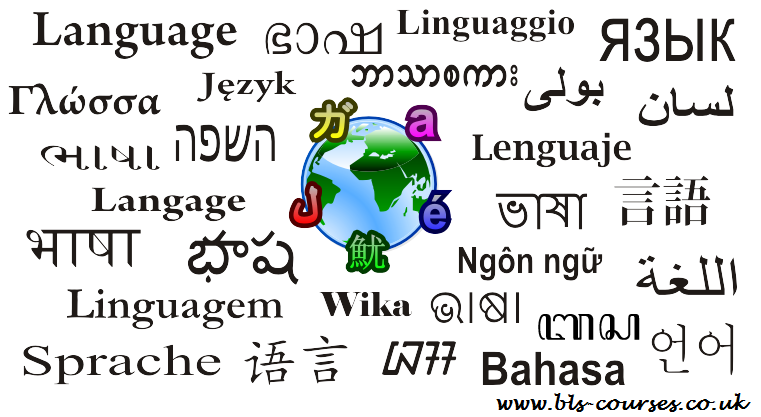We decided to visit Scotland for the very first time this winter. Yes, we wanted to experience as much rain, snow and wind as possible! Joking aside, it only rained for one whole day and two afternoons/evenings, that‘s all! (Obviously it rained at night, but we were sleeping like angles.)
Throughout our stay in Scotland, we felt a constant impression of mystery. It was very strange at first, but we got used to it. Maybe it was the wintry, foggy weather, lonely landscapes and large monumental buildings or perhaps this is the real charm of Scotland.
We first stayed by Loch Lomond and walked the east side of the lake. We walked every day and if some parts were flooded, we used the main road or we went up to one of the many forests that surround the lake. We were able to observe the lake and the way it changes depending on the weather: from clear blue to dark grey or beautiful white. The views were very absorbing so we stopped now and then to have a rest and admire the beautiful landscape. This was our time to slow down and be at one with nature: we had no set intention for each day; we simply followed our desires and feelings.
After this period of time being close to nature, we went for a trip to Glasgow. What a contrast! We could not find our way in this commercial city. We felt as if we were in a big supermarket and did not know how to escape. Fortunately, the Cathedral was a ‘wee’ bit away from all the sales and offers, so we went there. The Cathedral impressed us, but what struck our attention the most was the Necropolis, situated high up on a green hill, giving extensive views of the city. We spent some time there before going for lunch at the famous Willow Tea Room, recreated as designed and decorated by Charles Rennie Mackintosh in 1904. We wanted to visit a few more places, but the amount of people (many!) was somehow discouraging, so we headed back to our ‘Loch’.
Our loch became even more flooded due to heavy rainfall, so we decided to visit Edinburgh for a few days. We stayed in Morningsdale, a truly charming part of Edinburgh, full of small cafés (“bistros”), bakeries (“boulangeries”) and cheese-mongers (“fromageries”). Yes, many shops and cafés were French-named: C’est si bon!, Brasserie, Montpellier, name but a few. Every day we went to a different café on our way to the Old Town. What a wide range of places to eat, relax and meet friends! We then crossed the park and within minutes we were exploring the old part of town. We particularly enjoyed our visit to the Museum of Scotland which was an interesting design from outside as well as inside. They had a special entertaining programme for their visitors over the Christmas period and we really enjoyed listening to Scottish bagpipes and dancing some folk dances (yes, the main hall was full of dancing visitors!).
For a linguist, it was a great pleasure to hear the Scottish rolled ‘r’ on a daily basis. Unfortunately we did not experience the other two Scottish languages: Scottish Gaelic and Lowland Scots. Gaston Dorren, the author of Lingo. A Language Spotter’s Guide to Europe says that the Scottish Gaelic is endangered and argues that it might be due to its spelling which is “wasteful, arcane and outdated.” This may be true, but we will have to re-visit this land to ask its own native speakers what they think.
References: G. Dorren, Lingo. A Language Spotter’s Guide to Europe, Profile Books, London, 2014.
Written by Kinga Macalla
Photos courtesy of Kinga Macalla







